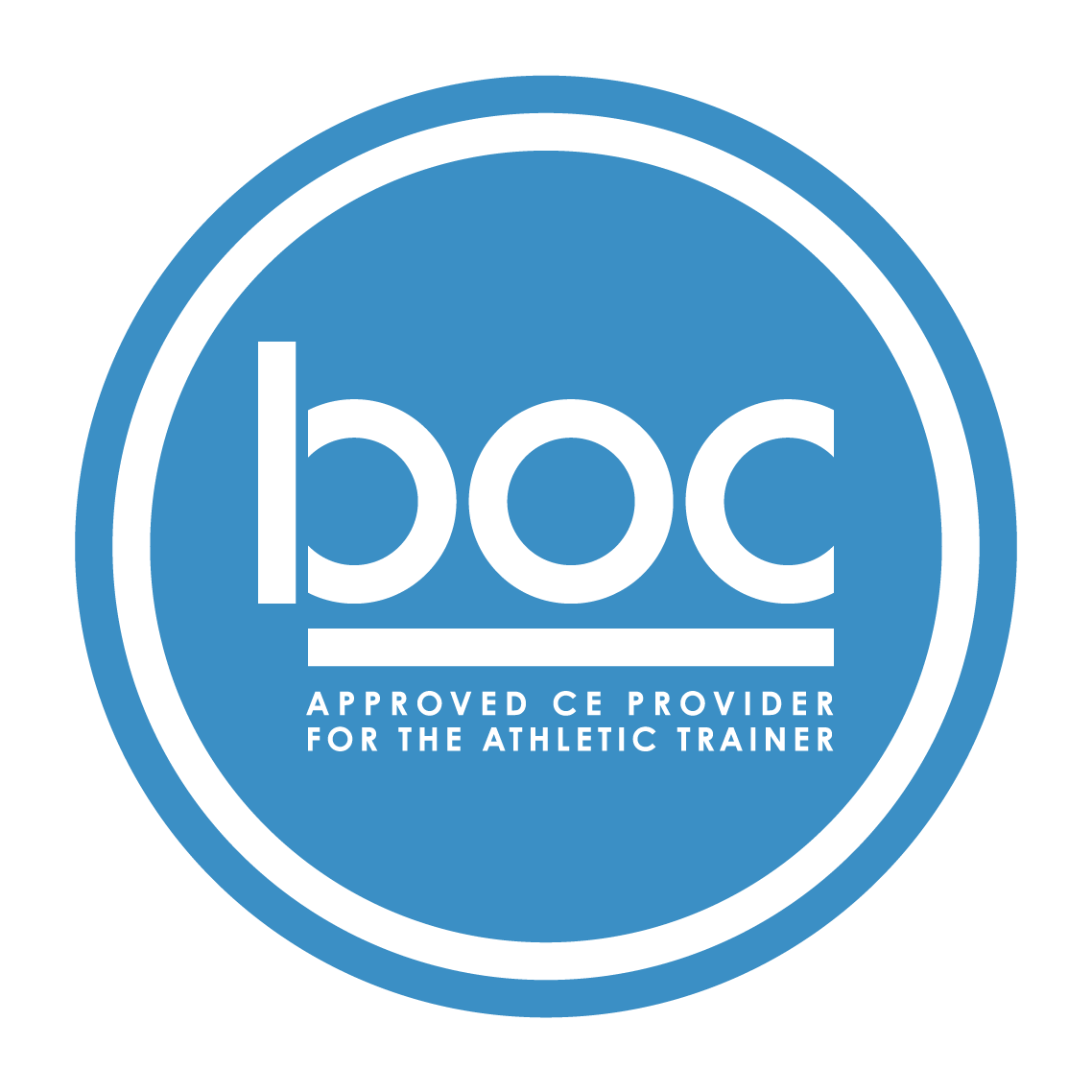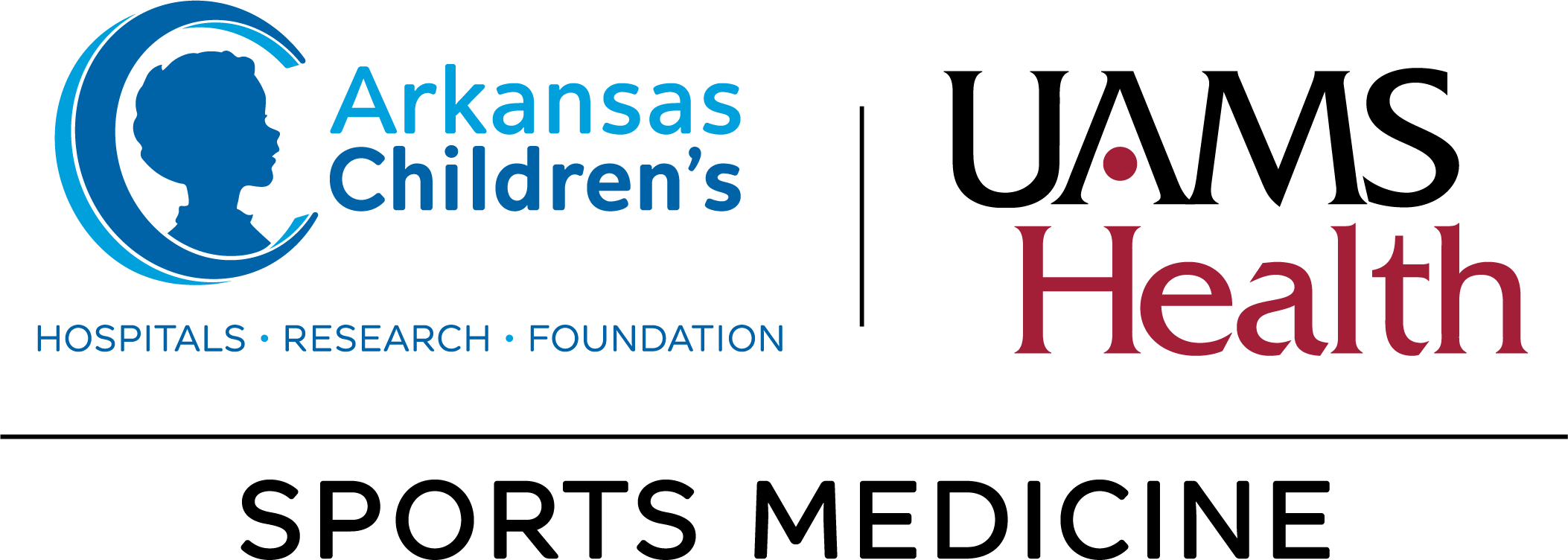Razorback Sports Medicine Symposium, February 2023
The University of Arkansas Master of Athletic Training Program and the U of A Department of Health, Human Performance and Recreation present:
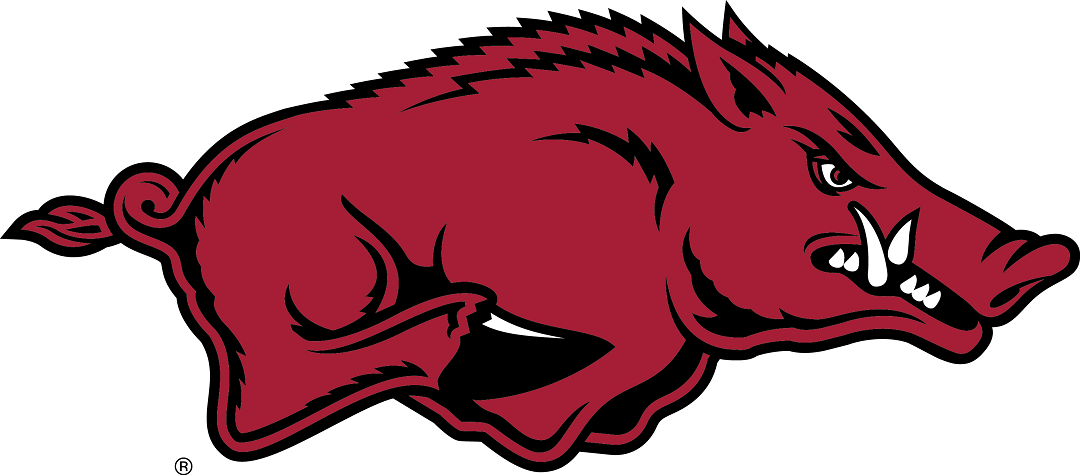
17th Annual Razorback Sports Medicine Symposium
Interprofessional Perspectives on Lower Extremity Rehabilitation
Saturday, Feb. 4, 2023
Graduate Education Building Auditorium, GRAD 166
6.5 Board of Certification for the Athletic Trainer Inc. (BOC) continuing education units (CEs) and approved by Arkansas Physical Therapy Association (APTA Arkansas). Please note that athletic trainers can earn an additional 2.0 BOC, CEs by attending Safe Space Ally Training from the the National Athletic Trainers' Association.
 Description of the Program
Description of the Program
This didactic and interactive symposium will focus on lower extremity interventions and include interactive labs.
All sports medicine professionals are welcome to attend.
- Hamstring Injuries: Current Evidence and Implications for Rehabilitation
- Lower Extremity Neuromuscular Biomechanics in Post-ACLR Patients
- Using Time-Based and Criteria-Based Progressions Effectively in Lower Extremity Rehabilitation
- Multidisciplinary Healthcare Team Perspectives in Avoiding Roadblocks in Post-Operative Return to Play
- Current Intervention Update — Orthobiologics
- Special Considerations for the Female Athlete in Sport Rehabilitation
Fees
☞ Online Registration Form ☜ (registration has passed)
will record your reservation and accept online payment
For further information please contact Luzita Vela, Ph.D., vela@uark.edu
Early registration until Friday, Jan. 20; regular registration cost on and after Jan. 21. Only online payment accepted. The Razorback Symposium does not provide refunds for cancellations. However, the paid registrant can apply the payment to a future symposium.
Lunch will be provided and is included in the symposium fee.
- PT/PTA — $100 for early registration and $120 regular registration
- AT — $80 early registration and $100 regular registration
- PT student or other health care student — $30 (no CEs provided)
Schedule in Brief Subject to Change Detailed Schedule
- 7 a.m.-9:15 a.m. — Online registration and coffee
- 7:30-9:30 — NATA Safe Space Ally Training for Athletic Trainers — for M.A.T. Program students and preceptors
- 9:30-9:40 — Conference welcome and introduction
- 9:40-10:35 — Hamstring Injuries: Current Evidence and Implications for Rehabilitation
- 10:35-11:30 — Lower Extremity Neuromuscular Biomechanics in Post-ACLR Patients
- 11:30-noon — Current Intervention Update — Orthobiologics
- Noon-12:30 p.m. — Lunch
- 12:45-2:15 — Lab Time
- 2:15-3:15 — Using Time-Based and Criteria-Based Progressions Effectively in Lower Extremity Rehabilitation
- 3:15-3:30 — Coffee break
- 3:30-4:30 — Panel Discussion — Multidisciplinary Healthcare Team Perspectives in Avoiding Roadblocks in Post-Operative Return to Play
- 4:30-5 — Assessment and Rehabilitation Considerations for the Hypermobile Patient After Lower Extremity Injury
Presenting Faculty

Christopher Bader, Ph.D., LP, CMPC — U of A Assistant Athletic Director for Mental Health and Performance

Larry Balle, M.D., MPH — Assistant Professor of Orthopaedic Surgery at University of Arkansas for Medical Sciences; Team Physician for the Arkansas Razorbacks
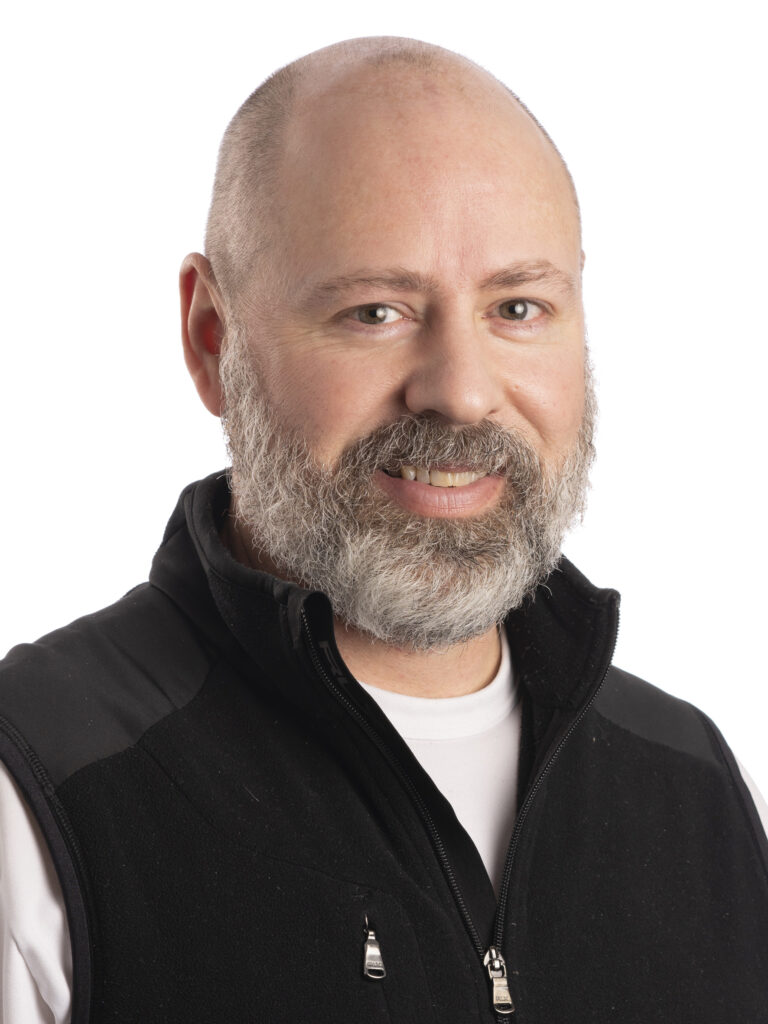
Jeremy Braziel M.S, ATC, LAT — UAMS Train, Recover, Move
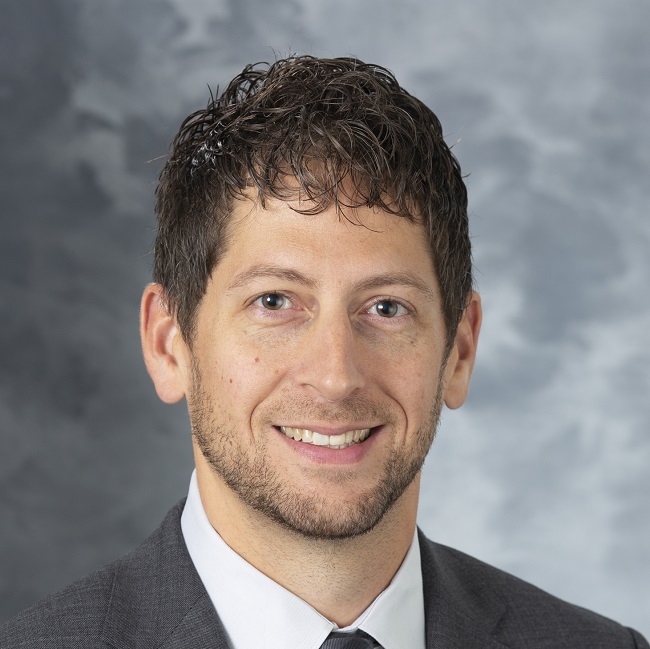
Daniel Cobian, DPT, Ph.D., CSCS — University of Wisconsin Department of Orthopaedics and Rehabilitation
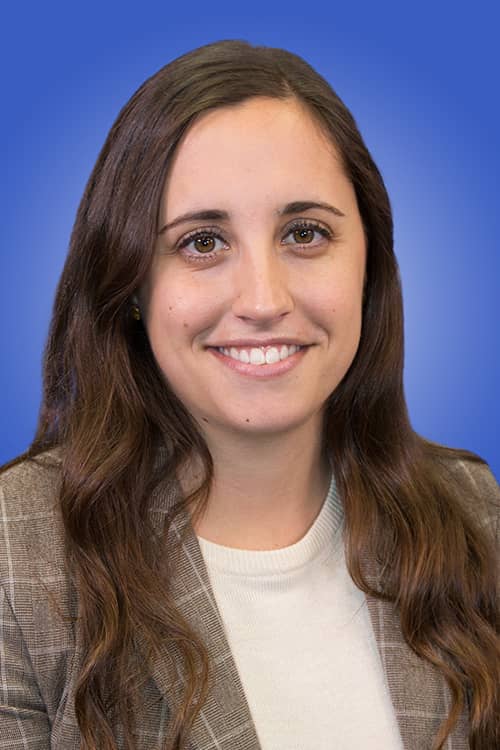
Meredith Decker Ph.D., LAT, ATC — University of Texas Arlington Master of Science in Athletic Training Clinical Education Coordinator, SWATA LGBTQ+ Advisory Committee
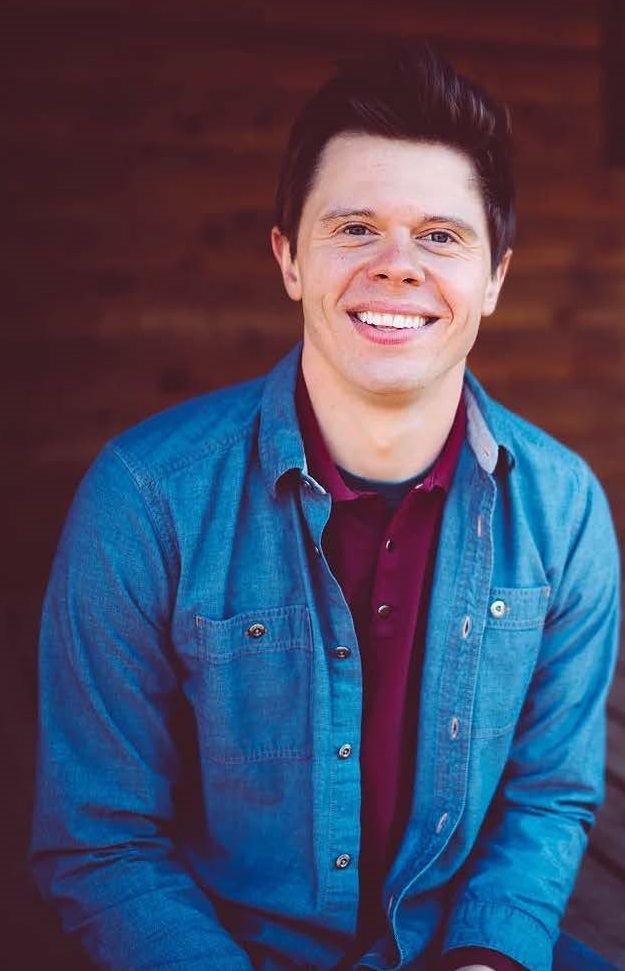
Andy Glidewell, PT, DPT, ATC, OCS — Director of Rehabilitation, Train · Recover · Move; UAMS

Tamaria Hibbler, MA, LAT, ATC – Associate Athletic Trainer, University of Arkansas Sports Medicine
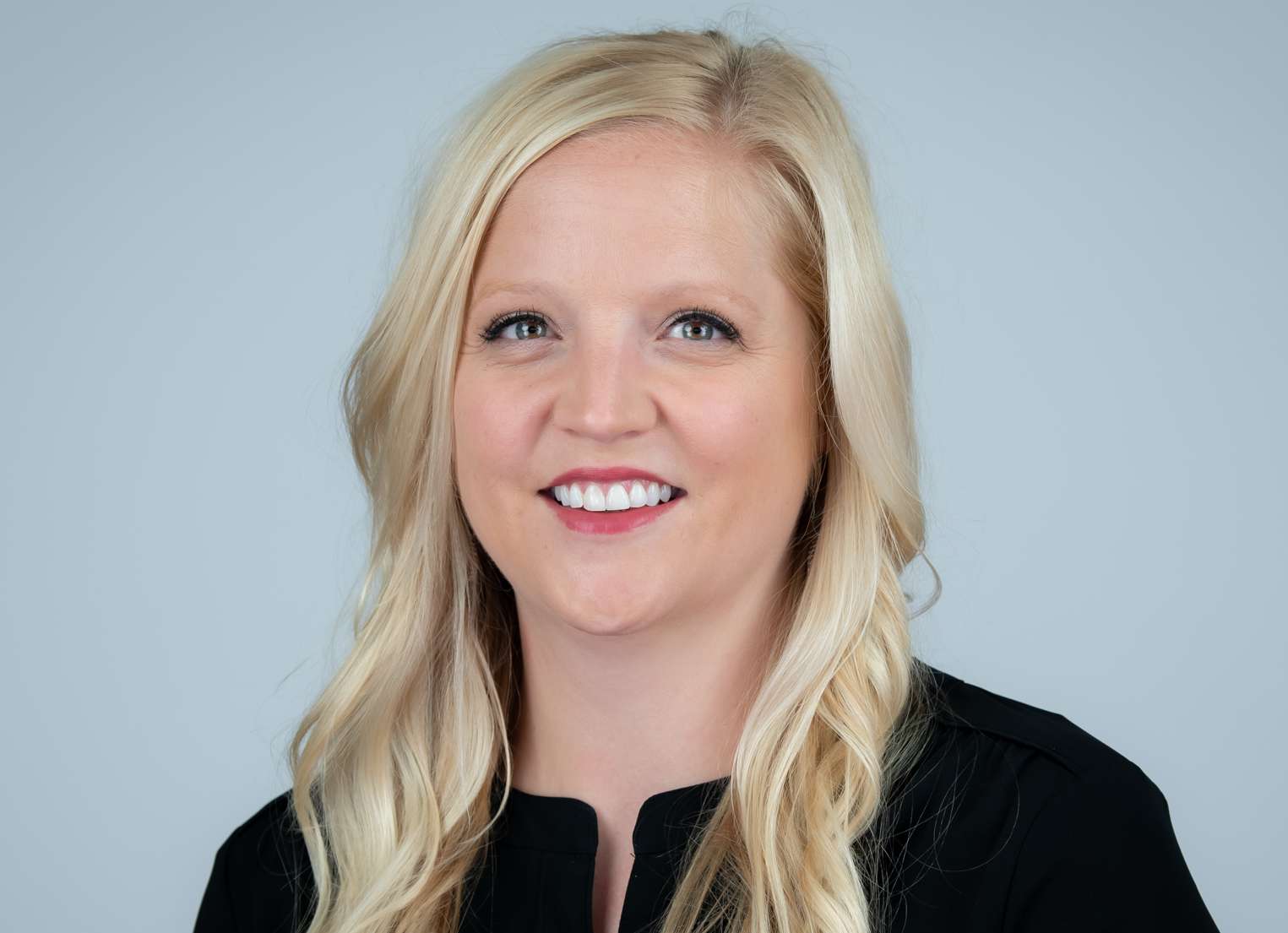
Karla Horsfall, MS, RD, CSSD — U of A Director of Sports Nutrition
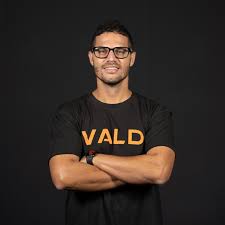
Gabriel Manoel, PT, DPT, SCS, OCS, CSCS — Vald Performance and George Mason University
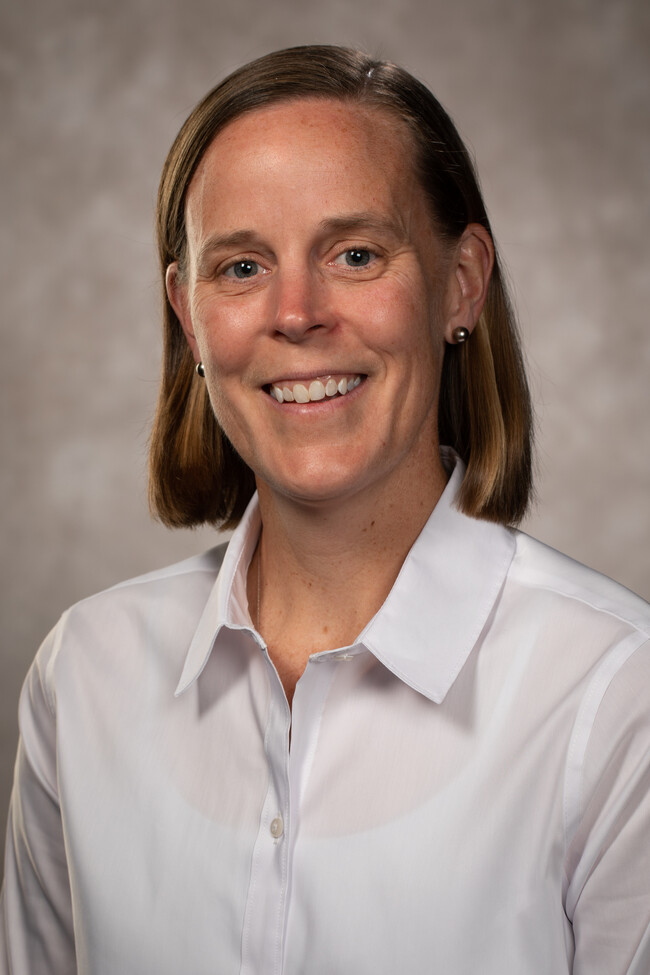
Elizabeth Parke, Ph.D., LAT, ATC – Teaching Assistant Professor and Clinical Education Coordinator, University of Arkansas

Lauren Poindexter, M.D. — UAMS Department of Orthopaedics
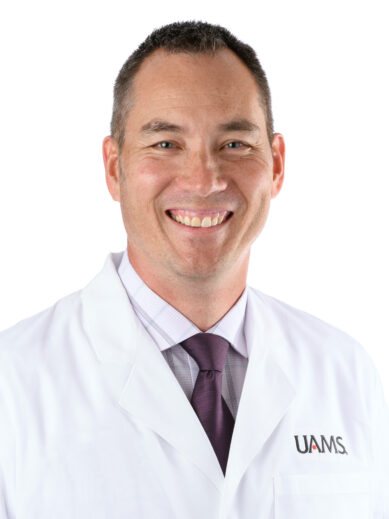
Ramon Ylanan, M.D. — Assistant Professor of Family Medicine and Orthopaedic Surgery and Program Director of Primary Care Sports Medicine Fellowship at UAMS NW; Team Physician for the Arkansas Razorbacks
Objectives of Razorback Symposium
Following the symposium, participants will be able to:
- Identify current evidence in hamstring strain injury risk mitigation strategies that may aid future programming
- Evaluate the use of early loading with a pain-threshold and criteria-based approach to rehabilitation and subsequent return to sport
- Identify and interpret typical lower extremity kinetic and kinematic abnormalities observed after ACL reconstruction
- Discuss how quadriceps neuromuscular impairments can prohibit normalization of lower extremity biomechanics after ACL injury and reconstruction
- Design therapeutic exercise programs with proper exercise parameters and dosage to address the neuromuscular deficits characteristic of patients post-ACL reconstruction to facilitate a safe and effective return to sport following ACL reconstruction
- Identify the most common orthobiologic interventions used in a variety of musculoskeletal and orthopaedic concerns and their mechanism of action
- Describe the current evidence for the effectiveness of orthobiologic interventions in sports medicine
- Describe the process for effectively using both time-based and multi-modal, criteria-based parameters to progress physically active patients within lower extremity rehabilitation
- Identify strategies to balance between time-based and criteria-based data for making clinical decisions for rehabilitation progression and return to play
- Describe common mental health and nutrition-based concerns that present problems in post-operative return to play
- Identify best practices for management and referral of patient/client concerns post-operatively
- Discuss salient case presentations and opportunities for collaborations amongst various sports medicine professionals
- List the elements of the Beighton Criteria
- Identify how hypermobility predisposes patients to injury
- Name therapeutic activities that will benefit hypermobile patients during rehabilitation
Objectives of Optional Safe Space Ally Training for Athletic Trainers
- Explore terminology linked to the LGBTQIA+ community
- Discover your own biases related to heterosexism and homonegativity
- Describe the potential sociocultural environments experienced by persons in the LGBTQIA+ community
- Review the healthcare disparities of LGBTQIA+ persons. Integrate the qualities of an ally and advocate of LGBTQIA+ persons for those working in the Athletic Training profession
- Explore the NATA and internet resources to advocate for the LGBTQIA+ person
- Create an environment of inclusivity and respect in your AT clinic or classroom for those in the LGBTQIA+ community
- Integrate best practices in providing equitable healthcare to LGBTQIA+ patients, including proper referrals related to this population
Detailed Schedule Subject to Change
7 a.m.-9:15 a.m.
Online registration and coffee
7:30-9:30 — 2 hrs — 2 CEs for BOC
NATA Safe Space Ally Training for Athletic Trainers — special offering for M.A.T. Program students and preceptors offered through a U of A WE CARE grant
-
- Meredith Decker, Ph.D., LAT, ATC — University of Texas Arlington and SWATA LGBTQ+ Advisory Committee Chair
- Elizabeth Parke, Ph.D., LAT, ATC — University of Arkansas and SWATA LGBTQ+ Advisory Committee Member
9:30-9:40
Conference welcome and introduction
9:40-10:35 — 55 min — 1 CE
Hamstring Injuries: Current Evidence and Implications for Rehabilitation
-
- Gabriel Manoel, PT, DPT, SCS, OCS, CSCS, Vald Performance and George Mason University
Session Goals
-
- Identify current evidence in HSI injury risk mitigation strategies that may aid future programming.
- Evaluate the use of early loading with a pain-threshold and criteria-based approach to rehabilitation and subsequent return to sport.
10:35-11:30 — 55 min — 1 CE
Lower Extremity Neuromuscular Biomechanics in Post-ACLR Patients
-
- Daniel Cobian, DPT, PHD, CSCS, University of Wisconsin Department of Orthopaedics and Rehabilitation
Session Goals
-
- Identify and interpret typical lower extremity kinetic and kinematic abnormalities observed after ACL reconstruction.
- Discuss how quadriceps neuromuscular impairments can prohibit normalization of lower extremity biomechanics after ACL injury and reconstruction.
- Design therapeutic exercise programs with proper exercise parameters and dosage to address the neuromuscular deficits characteristic of patients post-ACL reconstruction to facilitate a safe and effective return to sport following ACL reconstruction.
11:30-noon — 30 min — 0.5 CE
Current Intervention Update — Orthobiologics
-
- Larry Balle, M.D., MPH, UAMS Sports Medicine
Session Goals
-
- Identify the most common orthobiologic interventions used in a variety of musculoskeletal and orthopaedic concerns and their mechanism of action.
- Describe the current evidence for the effectiveness of orthobiologic interventions in sports medicine.
Noon-12:30 p.m.
Lunch
12:45-2:15 — 1 hr 30 min — 1.5 CEs
Lab Time (lab sessions switch after 45 minutes)
-
- Lab #1: Lower Extremity Neuromuscular Biomechanics in Post-ACLR Patients Lab
Daniel Cobian, DPT, Ph.D., CSCS - Lab #2: Hamstring Injuries: Current Evidence and Implications for Rehabilitation Lab
Gabriel Manoel, PT, DPT, SCS, OCS, CSCS
- Lab #1: Lower Extremity Neuromuscular Biomechanics in Post-ACLR Patients Lab
2:15-3:15 — 1 hr — 1 CE
Using Time-Based and Criteria-Based Progressions Effectively in Lower Extremity Rehabilitation
-
- Andy Glidewell PT, DPT, ATC, OCS — UAMS Train, Recover, Move
- Jeremy Braziel M.S, ATC, LAT — UAMS Train, Recover, Move
Session Goals
-
- Describe the process for effectively using both time-based and multi-modal, criteria-based parameters to progress physically active patients within lower extremity rehabilitation.
- Identify strategies to balance between time-based and criteria-based data for making clinical decisions for rehabilitation progression and return to play.
3:15-3:30
Coffee break
3:30-4:30 — 1 hr — 1 CE
Panel Discussion — Multidisciplinary Healthcare Team Perspectives in Avoiding Roadblocks in Post-Operative Return to Play
-
- 3:30-3:50 — Karla Horsfall, MS, RD, CSSD, University of Arkansas Director of Sports Nutrition
- 3:50-4:10 — Christopher Bader Ph.D., LP, CMPC, University of Arkansas Assistant Athletic Director for Mental Health & Performance
- 4:10-4:30 — Panel discussion with Tamaria Hibbler, Razorback Sports Medicine associate athletic trainer, Dr. Ramon Ylanan, UAMS Sports Medicine, Bader and Horsfall
Session Goals
-
- Describe common mental health and nutrition-based concerns that present problems in post-operative return to play
- Identify best practices for management and referral of patient/client concerns post-operatively
- Discuss salient case presentations and opportunities for collaborations amongst various sports medicine professionals
4:30-5 — 30 min — 0.5 CE
Assessment and Rehabilitation Considerations for the Hypermobile Patient After Lower Extremity Injury
-
- Lauren Poindexter, M.D., ATC, UAMS Department of Orthopaedics
Session Goals
-
- List the elements of the Beighton Criteria.
- Identify how hypermobility predisposes patients to injury.
- Name therapeutic activities that will benefit hypermobile patients during rehabilitation.
For more information, please contact
Luzita Vela, Ph.D., LAT, ATC
Teaching Associate Professor and Program Director, Master of Athletic Training Program
vela@uark.edu
University of Arkansas
The University of Arkansas Master of Athletic Training Program is an approved BOC Inc. provider.
Thanks to the following supporters of the 17th annual Razorback Sports Medicine Symposium: Arkansas Children's Northwest and the U of A Department of Health, Human Performance and Recreation.
